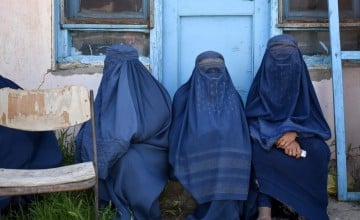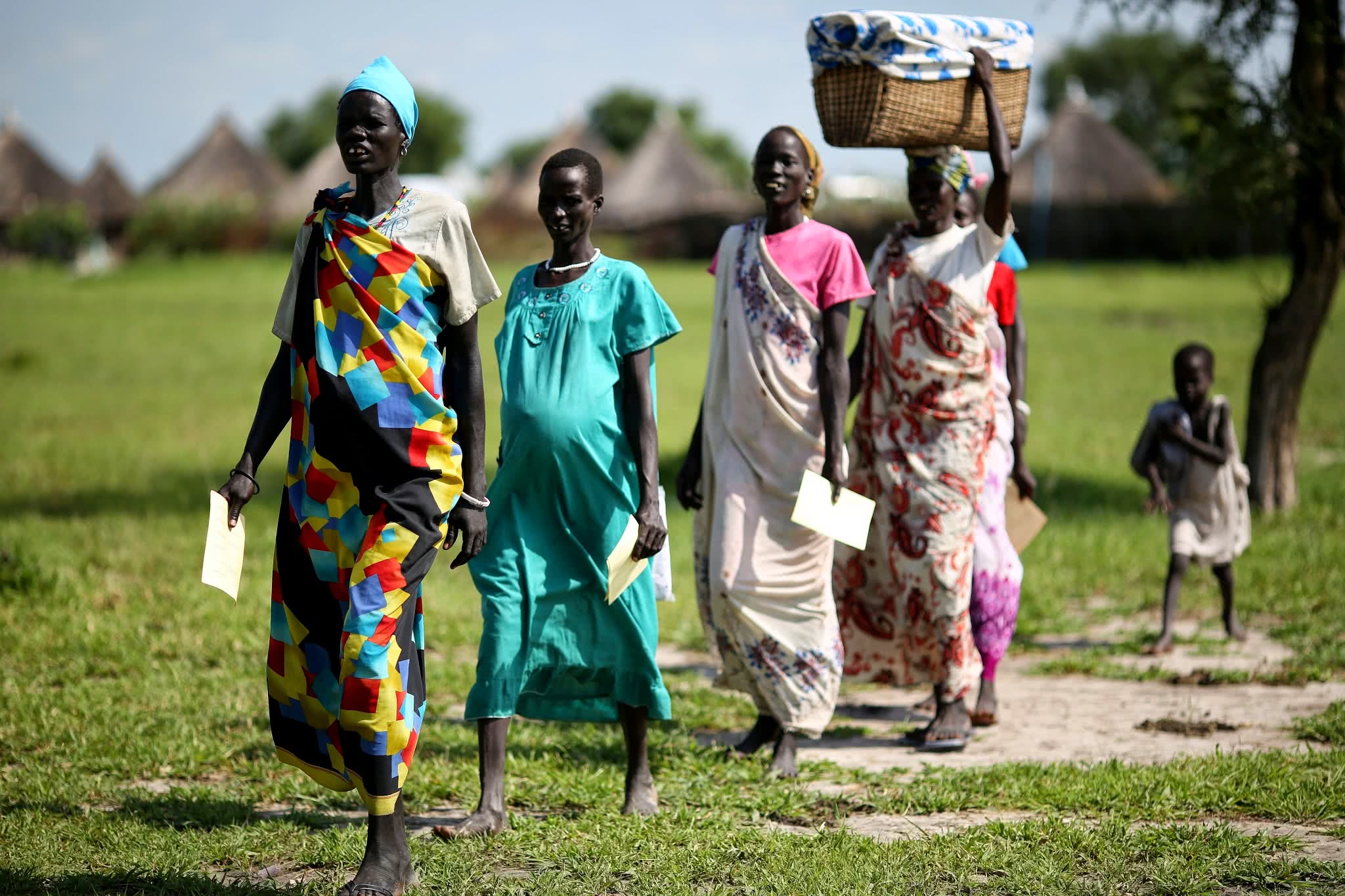1. Afghanistan
On the UN Gender Inequality Index, Afghanistan ranks last out of 170 countries on the WPS index and 157th out of 162. More than four decades of conflict and crisis, combined with deteriorating gender norms, have left many Afghan women and girls uneducated – those who are generally allowed to attend school do not stay for more than two years. This reflects the financial inclusion for women in the country. WPS ranks only 7.2%. The country also ranks second for women nominated by 35 out of 100 women. They are considered as our team. Along with neighboring Pakistan, assassinations are illegal here, but are still widespread.

2. Syria
Before the war broke out in 2011, gender dynamics in Syria was an ancestral tradition. conflict has prevented an entire generation of Syrian girls and boys from having a basic education. Women were only allowed to vote in national elections in the mid-1950s, and while they were allowed to work, they had a small percentage of the pre-war workforce. Many Syrian women, especially in the country’s growing middle class, have chosen to stay home and raise a family, in line with the fact that marriage in the country is still seen as a contract between the husband and the wife’s father. It was only in 2020 that the country committed heinous murder crimes. The protracted crisis has exacerbated these gender norms while also highlighting the many gender consequences that come with conflict. One of the reasons why Syria has the lowest rating on the WPS index’s ongoing conflict is that 75 out of 100,000 women are killed in organized violence, and only 16.9% of women feel Safe in their own community. The University of Georgetown defines the number of incidents related to sexual violence as “massive” and records that nearly 25% of Syrian women report experiencing violence from close partners. Syria does slightly better on the UN Gender Equality Index. However, some determinants – including years of education between men and women – are a bit confusing.

3. South Sudan

4. Democratic Republic of Congo
The Democratic Republic of Congo ranks 163 out of 170 on the 2021 WPS Index and 150 out of 162 on the UN’s 2020 Gender Inequality Index. Progress of gender equality in the DRC has been slow, with inequalities occurring in all areas. Many of these inconsistencies exist at the legislative level, with WPS estimating that 25% of DRC legislation has a level of bias towards men. An estimated 51% of women in DRC will experience violence from a close partner in their lifetime. 37% have reported so in the last 12 months. 37% of Congolese women also get married before their 18th birthday, and for every 1,000 girls in DRC 124 will be mothers between the ages of 15 and 19. These numbers are reflected in the gender gap in education: men are almost twice as likely as women to go beyond primary education in the DRC – 65.8% of men compared to 36.7% of women.

5. Chad



